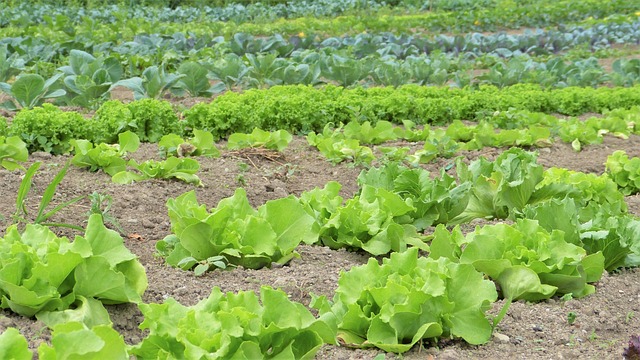The rising temperatures associated with climate change have caught the attention of scientists and environmental enthusiasts alike, as their effects become increasingly visible across our planet. One particularly alarming phenomenon is the accelerated melting of glaciers, which holds profound implications for global sea levels, weather patterns, and biodiversity. Amidst this natural crisis, a less commonly discussed player enters the stage—nitrate.
Nitrate, often found in fertilizers, agricultural runoff, and contaminated water sources, is more than just a chemical compound; it represents a broader environmental challenge. The accumulation of nitrates in our ecosystems, largely due to human activities, can drastically alter the delicate balance of our water sources and contribute to the deterioration of glacial environments. As glaciers melt, trapped nitrate is released back into the environment, further exacerbating nutrient pollution in rivers and lakes, leading to harmful algal blooms and declining water quality.
These blooms thrive on the influx of nutrients, robbing aquatic ecosystems of oxygen and devastating marine life. As glaciers retreat, the juxtaposition of melting ice and flourishing algae raises pressing questions about how our activities shape the landscapes we hold dear. This duality illustrates the critical relationship between human behavior and the health of our planet’s climate systems.
Additionally, melting glaciers not only release nitrates but also affect the hydrology of surrounding regions. The fresh water that once fed rivers and streams in a balanced manner becomes unregulated, leading to fluctuating water levels that disrupt aquatic habitats and threaten flora and fauna dependent on stable environments. This not only influences local ecosystems but also impacts agricultural practices and drinking water sources for communities downstream.
Addressing the issue of nitrate pollution becomes imperative in the context of glacier melting. Effective management strategies not only focus on reducing nitrate runoff from agricultural sources but also promote sustainable farming practices that minimize environmental impact. Farmers can implement techniques such as crop rotation, cover cropping, and precision fertilization, which not only preserve soil health but also ensure that our rivers and lakes remain clean and safe.
The fight against climate change entails recognizing the intersectionality of issues like nitrate pollution and glacier melting. It calls for a multidisciplinary approach where environmentalists, scientists, and policymakers collaborate to establish regulations that protect our waterways, tackle nitrate contamination, and preserve the precious glacial ecosystems. By raising awareness and understanding the ramifications of our actions, we can empower communities to pursue sustainable choices and advocate for global changes that respect and nurture our environment.
As we navigate the complexities of climate change and the impending consequences of melting glaciers, it’s crucial to remember that every small action can contribute to a larger solution. Whether it’s supporting local initiatives aimed at reducing nitrate runoff or engaging in conversations about sustainable practices, we each play a role in this ecological narrative. Together, we can foster a healthier planet, ensuring that future generations inherit a world where glaciers thrive, ecosystems flourish, and the water remains pure.



